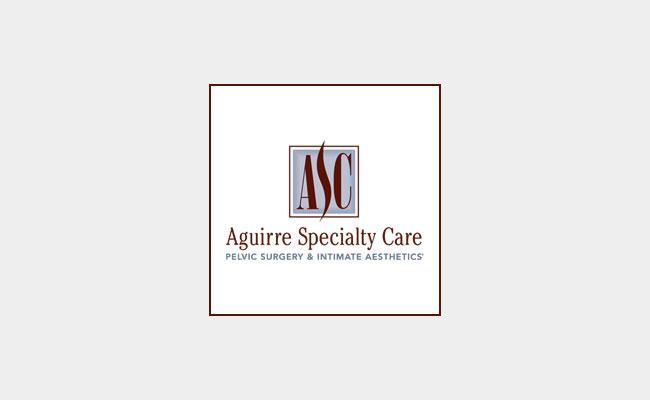
This may come as a shock, but 50% of women between ages 50 and 69 are experiencing some degree of uterine prolapse or another form of pelvic prolapse. That’s millions of women! Do you suspect you may be one of them? Unfortunately, uterine prolapse doesn’t always show symptoms, so many women have no idea they even have it. Here’s a rundown of common uterine prolapse symptoms, along with information on the other types of prolapse, with treatment options you can trust:
First of all, let’s define uterine prolapse.
This condition occurs when the uterus drops down into the vagina due to a lack of support from weakened pelvic floor muscles. Sometimes, the uterus bulges out of the vaginal opening.
Are you wondering how a uterus can fall like that?
In a nutshell, the pelvic floor supports several organs. Unfortunately, the pelvic floor can weaken for a variety of reasons.
What can weaken a pelvic floor?
Good question! Though not every case is clear cut, certain factors can raise your risk for developing uterine prolapse, including:
- Vaginal childbirth
- Menopause/age
- Chronic constipation
- Pelvic surgery
- Obesity
- Smoking
Do you suspect you have uterine prolapse or another type of pelvic prolapse? Let’s go into some of the most common symptoms:
- Pressure in the pelvis or lower back (or both)
- Uncomfortable sex/loss of sensation/sense of looseness
- Urinary issues (bladder leakage, feeling the constant urge to urinate and difficulty emptying bladder)
- Bowel issues (constipation, difficulties with rectal evacuation and stool leakage)
- Bulge protruding from the opening of the vagina
- Feeling as if something is falling out
Where the weakness in your pelvic floor is occurring will determine what type of pelvic prolapse you have:
- As you know from above, uterine prolapse occurs when the uterus drops into the vagina. Also called apical prolapse, uterine prolapse is due to ligament detachments or stretching.
- Cystocele affects the bladder. The most common form of prolapse, cystocele occurs when your bladder protrudes into your vagina, resulting in a bulge. Common causes include vaginal childbirth, age, heavy lifting, chronic cough, chronic constipation or repeated straining during bowel movements.
- Rectocele involves the rectum and occurs when the backside of the vaginal wall weakens, allowing the rectum to bulge into the vagina. Rectocele can occur by itself or in conjunction with another pelvic disorder, such as cystocele. Common causes include vaginal childbirth, hysterectomy, chronic constipation or pelvic surgery.
- Enterocele refers to a weak spot in the vaginal ceiling, causing the small bowel to prolapse into the vagina. Common causes include obesity, pregnancy and vaginal childbirth, repeated heavy lifting, constipation or straining with bowel movements, chronic cough or bronchitis.
Treatments for uterine prolapse and other forms of pelvic prolapse:
If you have no symptoms or only mild symptoms, you may be able to keep your prolapse in check with non-surgical options:
- Increasing your fiber intake to avoid constipation
- Strengthening your pelvic floor by doing Kegels
- Losing weight
- Vaginal pessary, a plastic or rubber ring inserted into your vagina to help support a bulging uterus
If your prolapse is more severe, we may help you find relief with surgery or a combination of surgical and non-surgical solutions. Biofeedback, for one example, is a training technique that helps you gain control over targeted muscle groups. Depending on your needs, biofeedback can include a variety of tools, including weighted vaginal cones or surface electromyography (sEMG), a device that measures the electrical activity of the pelvic floor and graphs the output so you can clearly see your progress.
Are you ready for an expert to take a look at your symptoms? You’re in the best of hands with Dr. Oscar A. Aguirre, one of the nation’s preeminent urogynecologists. Dr. Aguirre has dedicated his entire career to women’s pelvic health. In fact, women travel from all over the world to have their functional and aesthetic vulvovaginal concerns addressed by him.
You can learn more about pelvic prolapse, cosmetic gynecology and more by calling us at 303-322-0500 or requesting a consultation online today.



